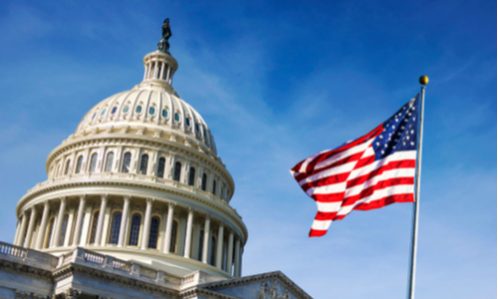By PYMNTS
The growth of the connected economy is predicated on – and is propelling – the emergence of online platforms.
Those platforms – through Uber, Amazon, eBay and others – are in turn growing through horizontal expansion.
To boil down the business-speak a bit, that means companies that start with a set of core services delivered through digital means can add ancillary, adjacent services that complement those core offerings. In the meantime, these forward-thinking firms create ecosystems, a continuum of flexible services that keep customer relationships sticky.
Uber, to give but one example, has Uber Eats. The pandemic has spotlighted the benefits of horizontal expansion, where consumers who were unable to hail rides in the middle of the lockdown (and where would they have gone?) suddenly had an insatiable appetite (pun intended) for food delivery. And Amazon’s digital-first approach has shown the ways in which critical mass and scale can quickly be achieved, moving well beyond the “online bookstore” model into streaming media, and giving hundreds of millions of consumers new ways to interact with merchants.
The horizontal push – vital to bringing innovation to end users and, in some cases, spawning the “super app” – may hit a regulatory roadblock.

